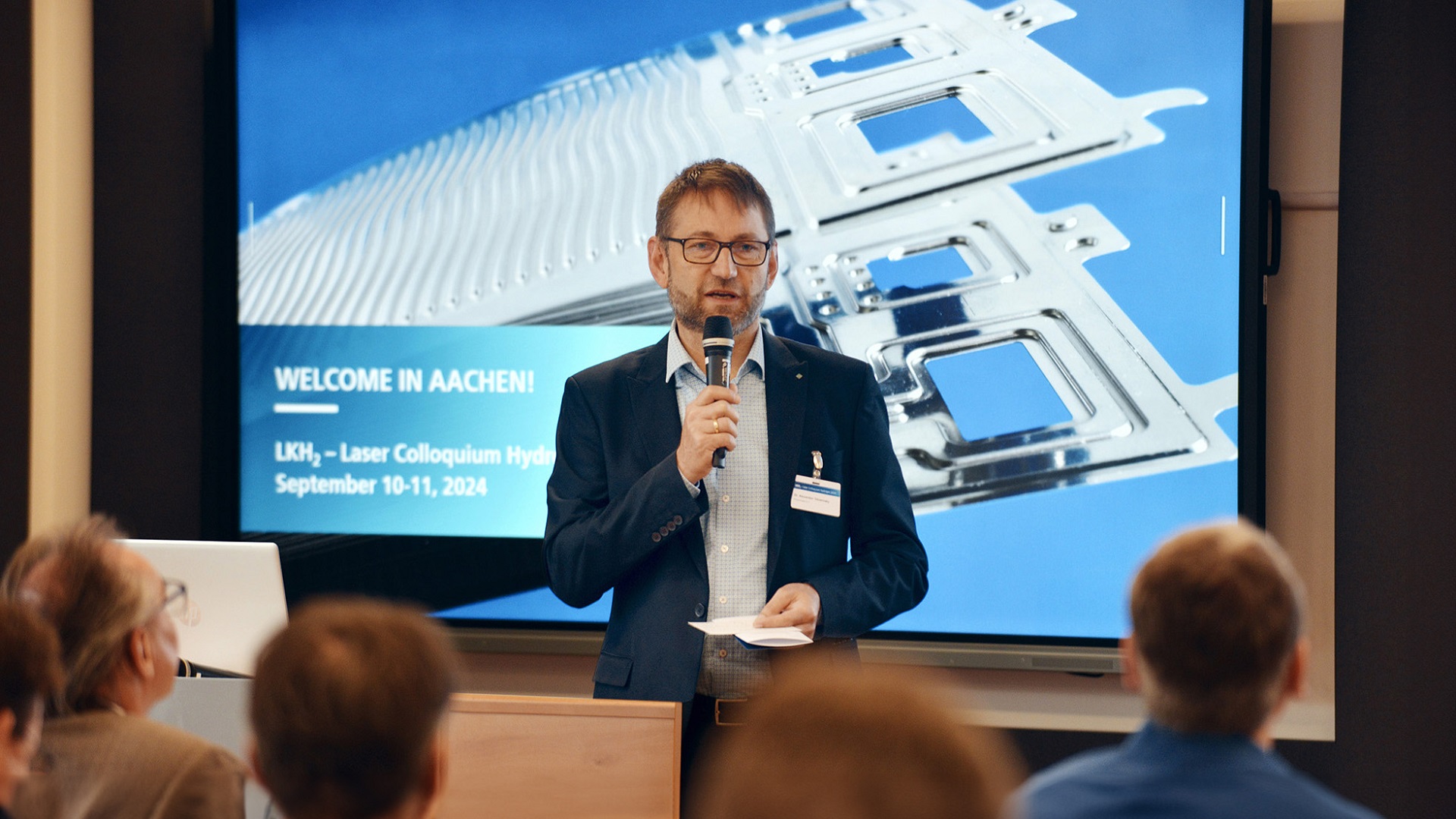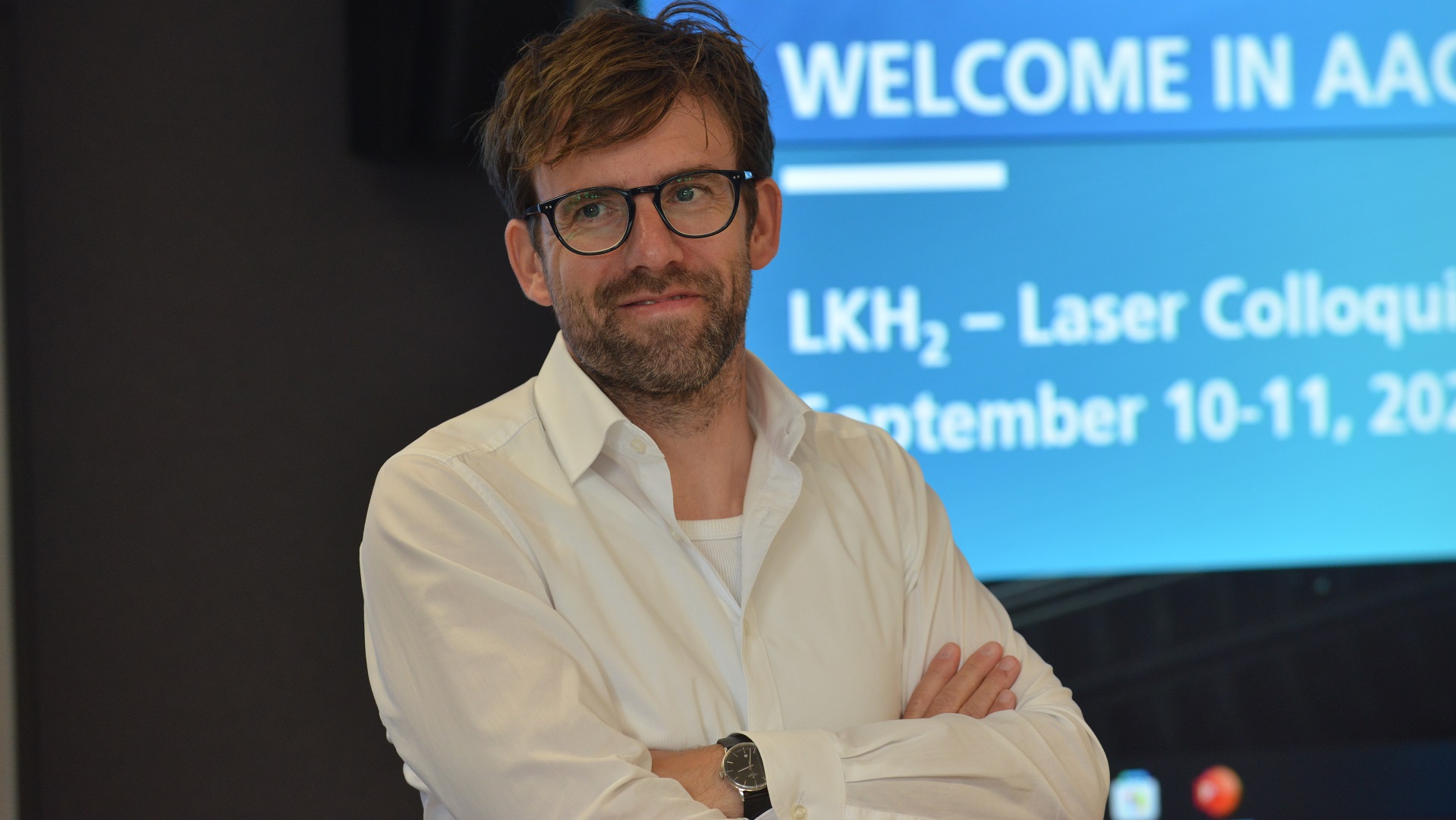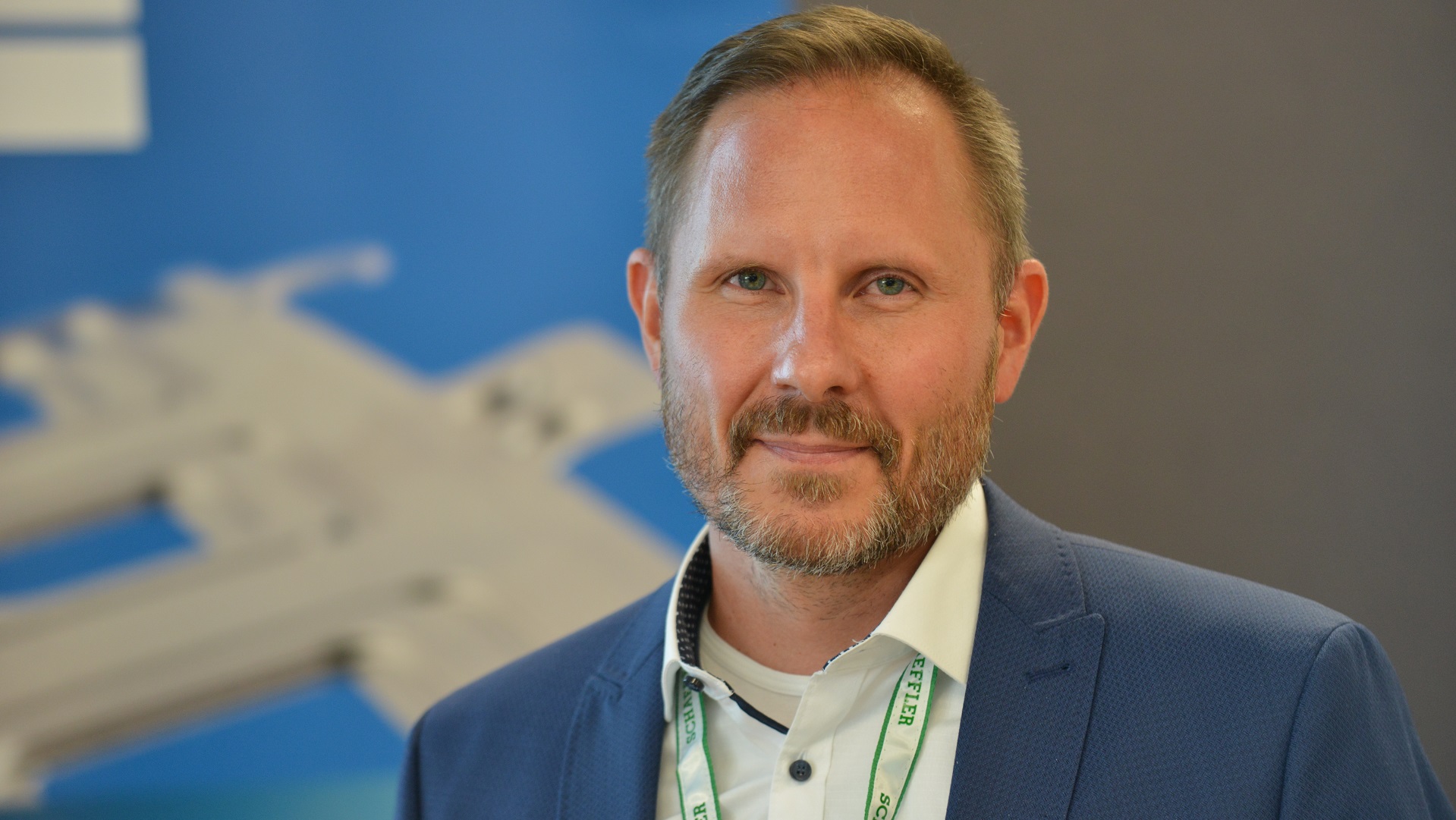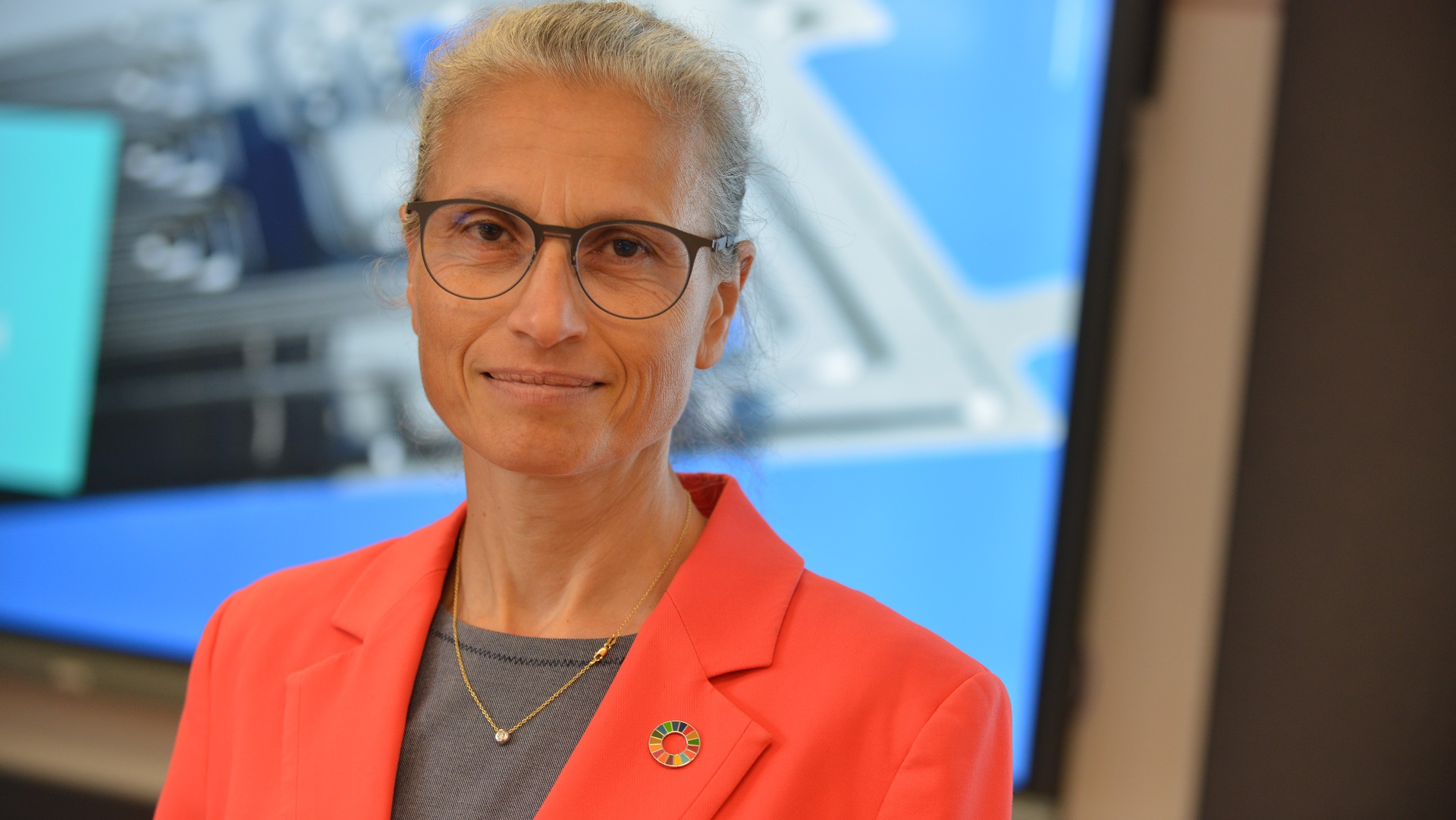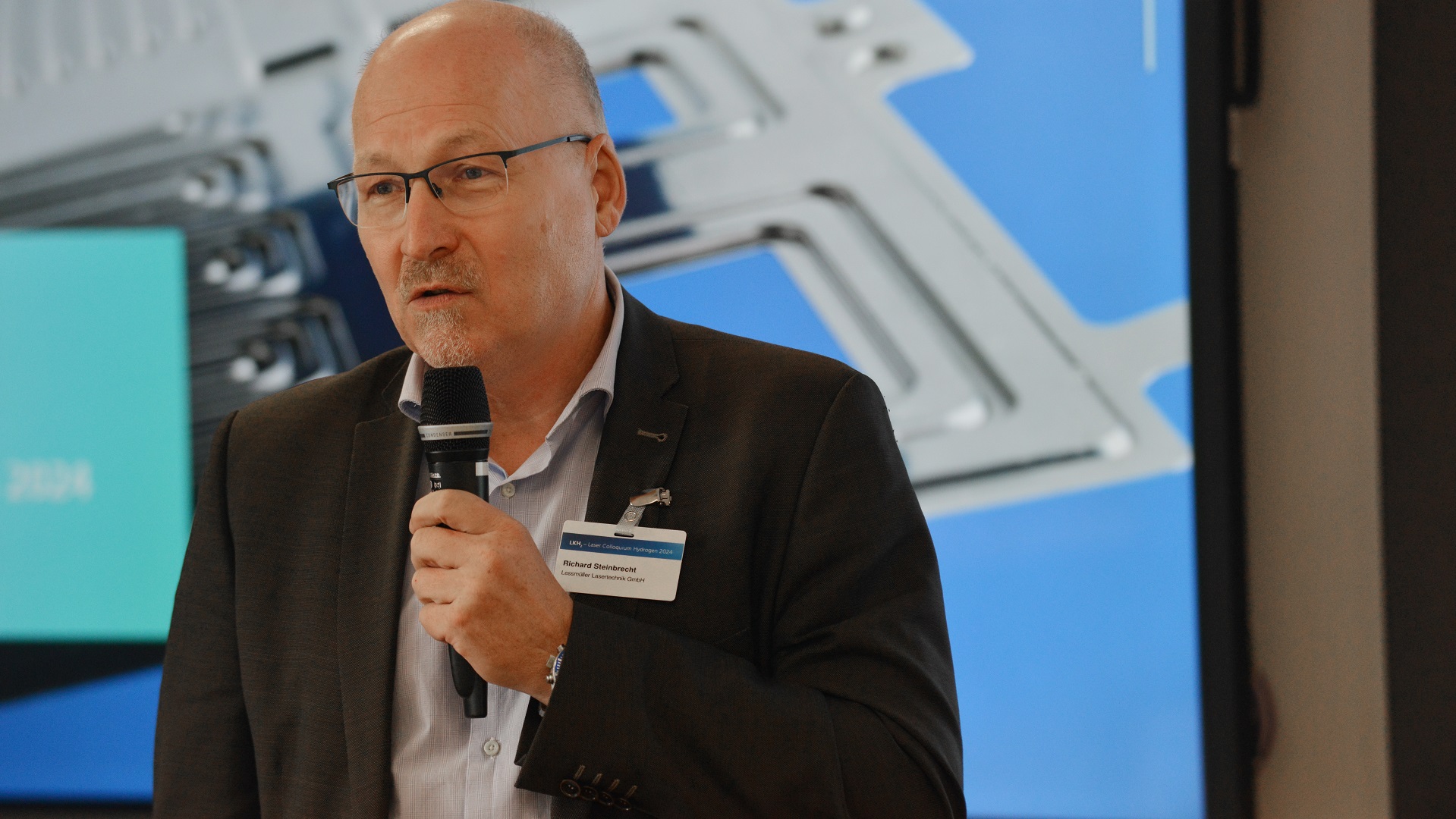Cross-border networks for the hydrogen sector
An important part of the conference was the exchange on international cooperation, which is essential for developing hydrogen technology further. In her presentation, Dr. Dina Barbian from the eco2050 Institute for Sustainability emphasized the need for global cooperation to overcome the challenges of sustainable hydrogen production. She emphasized the importance of cooperation between countries with different resources to make both hydrogen production and transport infrastructures more efficient.
Robert McConville from Hysata Pty Ltd in Unanderra, Australia, presented a good example of international cooperation. He was connected live from down under: Hysata wants to use its capillary electrolyzers to supply the world's cheapest green hydrogen in the future. "This project demonstrates the importance of international cooperation in overcoming major technological challenges," emphasized McConville. Such collaborations not only promote technological innovation, but also drive the development of infrastructure for the production, transportation and storage of hydrogen worldwide.
Innovations for industrial fuel cell production
Heiko Baumann from the Fraunhofer Institute for Production Technology IPT explained the progress made in the transportation and, above all, storage of hydrogen. Dr. Michael Rhode from the Federal Institute for Materials Research and Testing, Berlin, also spoke about the challenges involved in manufacturing electrolyzers, fuel cells, storage and distribution systems. "Hydrogen has very specific requirements for materials, particularly in terms of corrosion resistance and temperature changes."
Dr. Benjamin Hertweck from Hugo Kern und Liebers spoke about laser welding and punching techniques to increase efficiency in the production of fuel cells. In his presentation, Richard Steinbrecht from Lessmüller Lasertechnik in Munich emphasized the importance of continuously monitoring laser processes to detect defects in production at an early stage. "At the end of the day, it all comes down to the precision of the bipolar plate," emphasized Stefan Kaiser from ANDRITZ Kaiser GmbH.
Precise and efficient laser welding techniques can improve the quality and consistency of joints, which is particularly important for the delicate structures of BPPs. Even the smallest errors in production can significantly reduce performance. "Defects such as melt accumulation along the weld seam are more common at high speeds – process monitoring allows us to detect and rectify these at an early stage," explained Elie Haddad from Fraunhofer ILT.
Laboratory for practice-oriented research and industry cooperation
After guided laboratory tours of the Fraunhofer ILT on Tuesday morning, the participants explored the HydrogenLab in the afternoon. The laser institute has created optimal conditions there to develop the fuel cell from the basics to series production. The environment of the HydrogenLab not only is oriented to conduct practical research, but also designed for interdisciplinary collaboration and offers optimal conditions for public projects and industrial cooperation.
"Once again, this year's LKH2 has shown that cooperation between institutes and companies is essential for mapping the entire production and process chain in hydrogen technology," summarizes Alexander Olowinsky. "The laser processes from tool technology to cutting and welding to surface functionalization also play a decisive role, especially in terms of energy consumption, I am already looking forward to reports on progress and new applications in the coming year."
 Fraunhofer Institute for Laser Technology ILT
Fraunhofer Institute for Laser Technology ILT